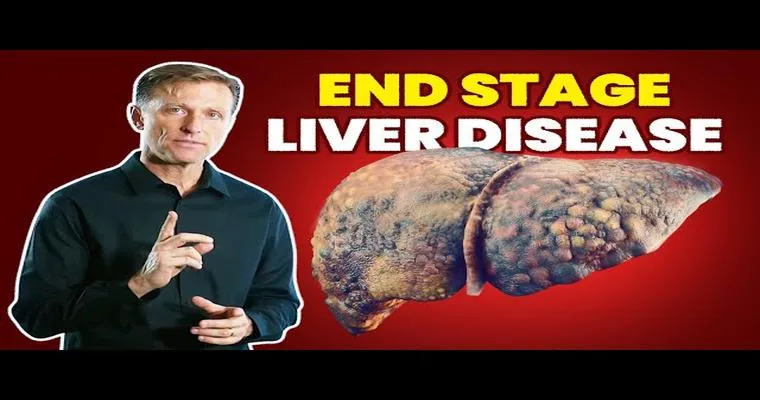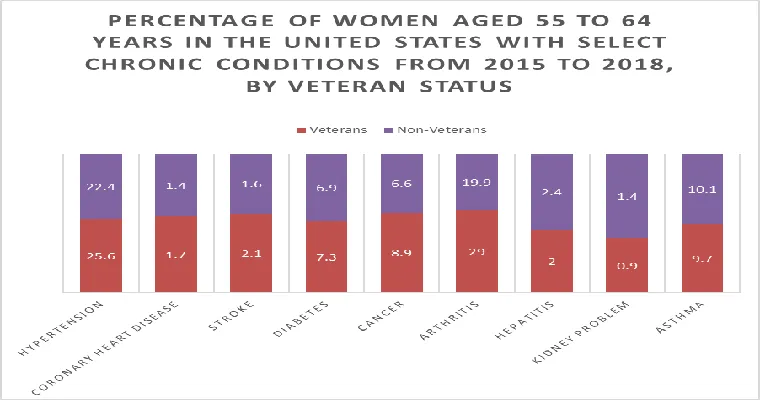End-stage liver disease ("ESLD") represents a critical point in the progression of liver-related illnesses, often signaling the final phase of chronic liver disease. Individuals facing "ESLD" may wonder, "How much longer do I have?" This question is complex and varies greatly depending on numerous factors, including the underlying cause of liver damage, overall health, and access to medical care. Understanding "ESLD", its implications, and potential treatments can help individuals and their families navigate this challenging journey.
Understanding ESLD
"End-stage liver disease" occurs when the liver can no longer perform its essential functions, leading to severe complications. Common causes of "ESLD" include chronic hepatitis B and C infections, excessive alcohol consumption, and non-alcoholic fatty liver disease. As the liver deteriorates, it can no longer filter toxins from the blood, produce vital proteins, or regulate blood clotting, resulting in various health issues.
Symptoms of ESLD
Patients with "ESLD" often experience a range of debilitating symptoms. These may include jaundice (yellowing of the skin and eyes), swelling in the abdomen and legs, confusion or cognitive impairment, and easy bruising or bleeding. Recognizing these symptoms early can aid in better management of the disease and improve quality of life.
How Long Can You Live with ESLD?
The prognosis for individuals with "end-stage liver disease" can vary widely. Factors influencing life expectancy include the stage of the disease, the presence of complications such as liver cancer, adherence to medical advice, and the individual's overall health. In some cases, patients may survive for several months to a few years, particularly with appropriate medical interventions and lifestyle changes. However, without treatment, the progression of "ESLD" can be rapid and often fatal.
Treatment Options for ESLD
While "ESLD" is a severe condition, various treatment options can help manage symptoms and improve quality of life. These may include:
1. "Medications": Doctors may prescribe medications to manage symptoms, such as diuretics for fluid retention or lactulose to reduce ammonia levels in the blood.
2. "Dietary Changes": A well-balanced diet tailored to liver health can help alleviate some symptoms and promote overall well-being.
3. "Liver Transplant": For some patients, a liver transplant may be the best option, significantly improving life expectancy and quality of life.
4. "Palliative Care": For those not eligible for a transplant or who choose not to pursue aggressive treatment, palliative care can provide support and improve comfort.
Support for Patients and Families
Coping with "end-stage liver disease" is challenging, both for patients and their families. Access to support groups, counseling, and education about the disease can be invaluable. Engaging with healthcare professionals who specialize in liver diseases can provide additional resources and support systems.
Conclusion
As individuals navigate the uncertain waters of "end-stage liver disease", understanding the condition, its symptoms, and treatment options can empower them to make informed decisions. While the question, "How much longer?" remains difficult to answer, there are paths to improve quality of life and manage the disease effectively. By seeking timely medical advice and support, patients can find hope and comfort during this challenging phase.





